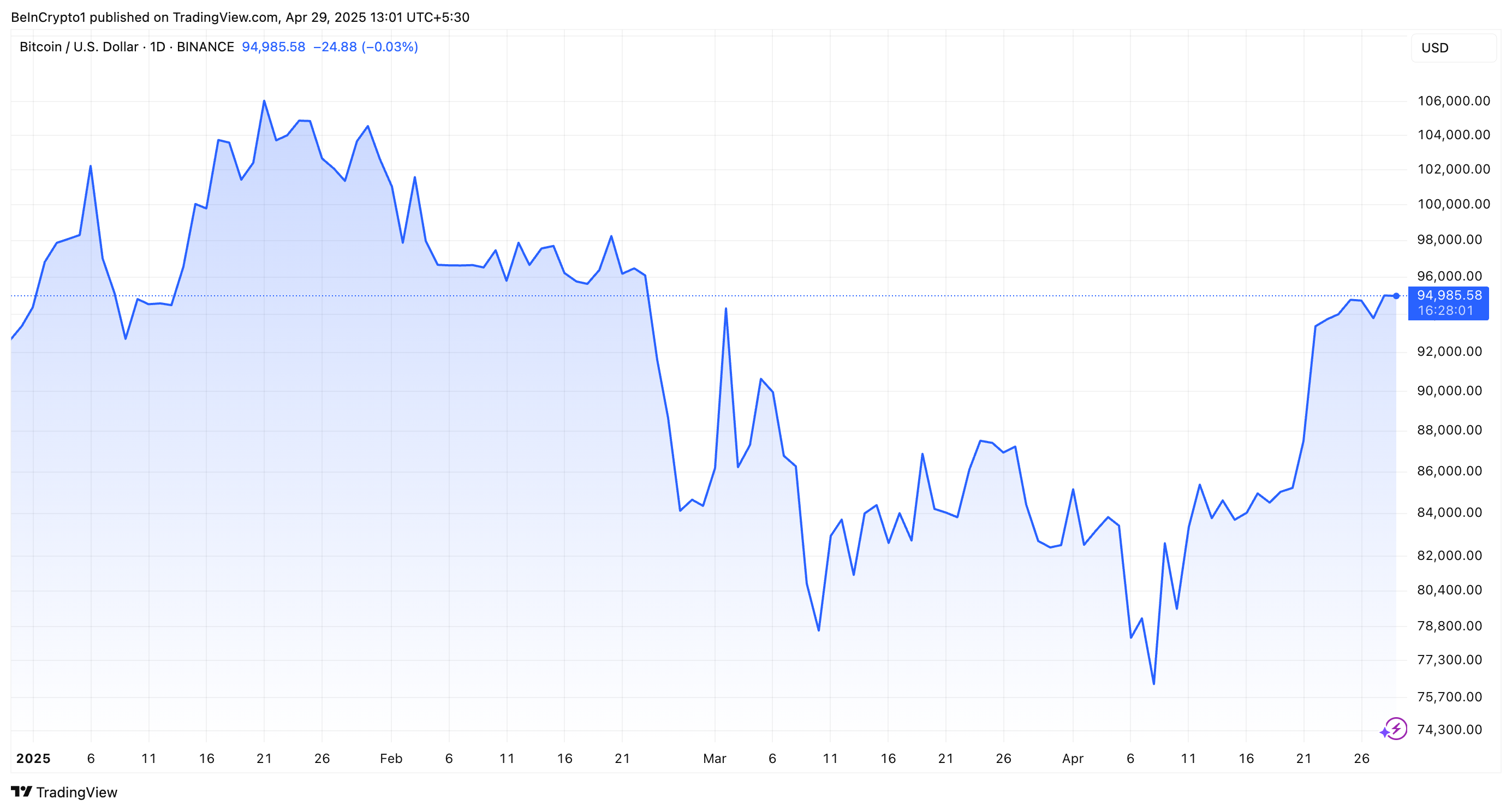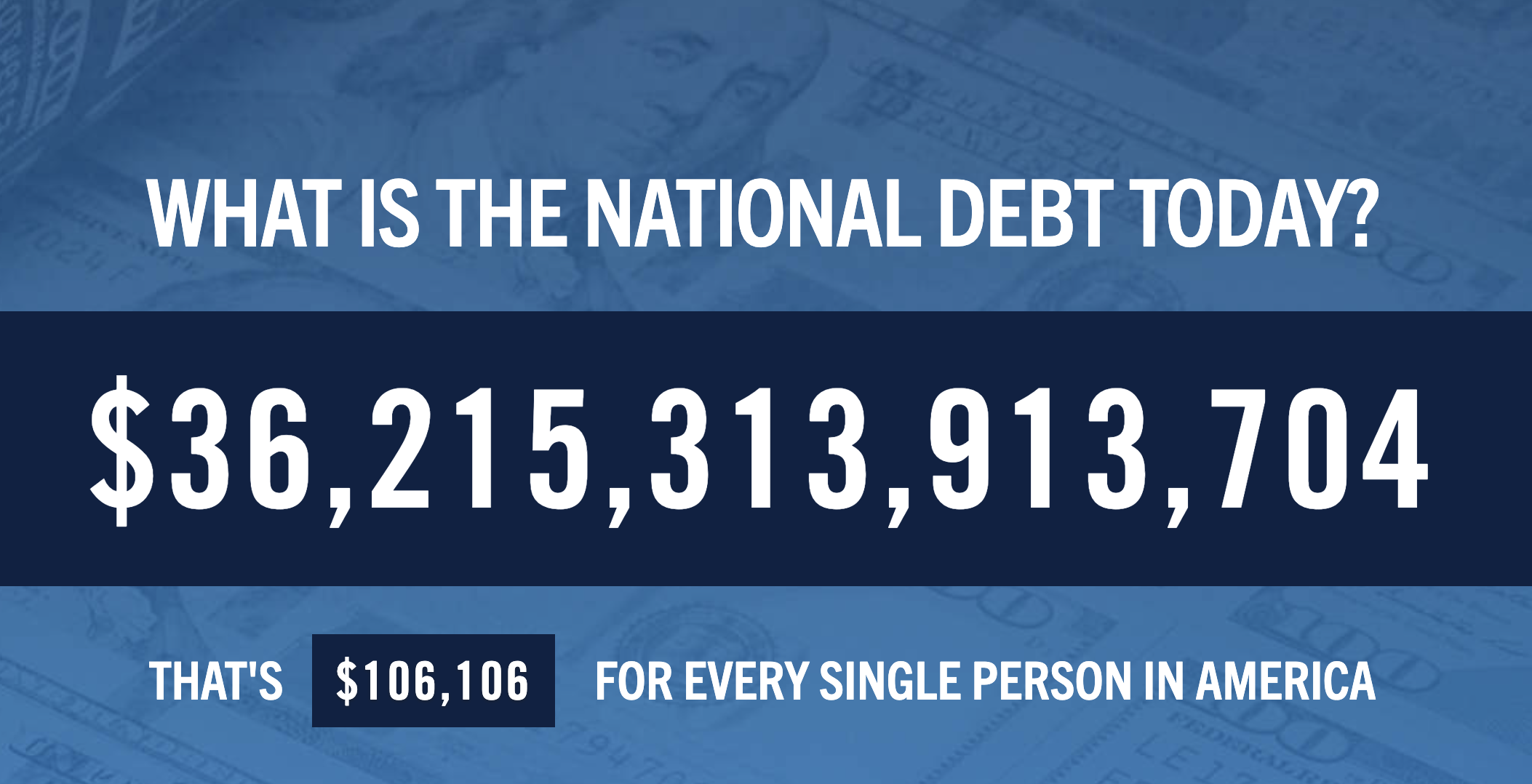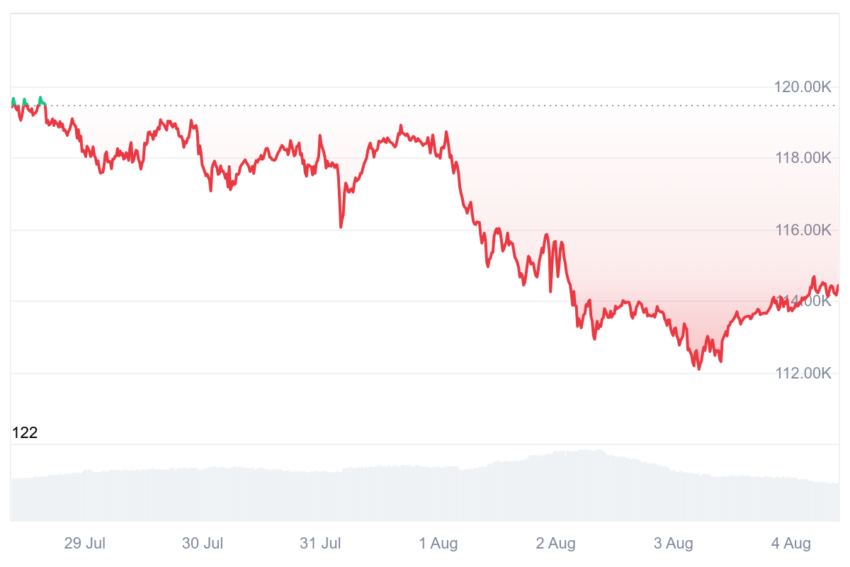Ray Dalio, the billionaire founder of Bridgewater, has issued a stark warning that the global monetary order is “on the brink” of collapse.
He pointed to the current administration’s tariff policies as a significant catalyst, arguing that they have fueled deglobalization trends and caused severe trade imbalances.
Ray Dalio’s Warnings: The Coming Challenges to US Economic Superiority
Earlier this month, President Donald Trump introduced reciprocal tariffs on all imports, setting a minimum of 10% for all nations. Although a 90-day pause followed, the situation worsened for China as Trump increased tariffs on Chinese goods.
The US tariff on most Chinese imports has risen to 145%. In retaliation, Beijing has imposed a 125% tariff on American goods. While reports have circulated that de-escalation could be expected soon, nothing has been confirmed yet.
In his latest essay, Dalio delves deeper into this dynamic, arguing that even if negotiations result in de-escalation, it may not fully undo the damage already inflicted.
“Some people believe that the tariff disruptions will settle down as more negotiations happen and greater thought is given to how to structure them to work in a sensible way. However, I am now hearing from a large and growing number of people who are having to deal with these issues that it is already too late,” he wrote.
Dalio highlighted that exporters and importers worldwide are now forced to reduce their dealings with the US drastically. He noted that both American and Chinese producers and investors are actively seeking alternative plans to minimize interdependence.
He believes this trend is becoming broadly recognized across trade, capital markets, geopolitical, and military relations. Dalio argued that the world is nearing a breakdown of monetary, domestic, political, and international order due to unsustainable fundamentals. This situation mirrors past historical shifts in global orders.
“Though not yet fully realized, it is also increasingly being realized that the United States’ role as the world’s biggest consumer of manufactured goods and greatest producer of debt assets to finance its over-consumption is unsustainable, so assuming that one can sell and lend to the US and get paid back with hard (i.e. not devalued) dollars on their US debt holdings is naive thinking, so other plans have to be made,” Dalio remarked.
The billionaire investor expressed concern that the US risks being bypassed as other countries adapt to these separations, establishing new trade networks and economic “synapses” that exclude the US. This shift could further erode trust in the US dollar, which is already losing ground amid global economic uncertainty.
While he did not specify which currencies might gain prominence, Dalio has previously advocated for “hard money” assets like Bitcoin (BTC) and gold as hedges.
“I want to steer away from debt assets like bonds and debt, and have some hard money like gold and Bitcoin,” Dalio said during the Abu Dhabi Finance Week (ADFW) in December 2024.
Global Monetary System at Risk: Is Bitcoin the Solution?
The warning has resonated within the cryptocurrency community. Jeff Park, Head of Alpha Strategies at Bitwise, stated that Dalio’s recent comments signal a looming “dedollarization” threat.
Park emphasized that Dalio’s shift from supporting China to acknowledging US economic imbalances suggests the global move away from the US dollar is approaching faster than many anticipate, a concept long recognized by Bitcoin advocates.
“The dedollarization threat is nearer than you and I know,” Park wrote.
Similarly, another expert asserted that the conditions Dalio describes create an ideal environment for Bitcoin. Rex believes these developments could drive Bitcoin to surge significantly within the next 18 months, potentially exceeding market expectations.
This impact is already quite visible as BTC’s value has recovered amid a dropping dollar. Over the past week, it has appreciated by 7.5%. At the time of writing, BTC was trading at $94,985.

In fact, market watchers are increasingly bullish on BTC, predicting higher price targets for the largest cryptocurrency. Last week, ARK Invest raised its BTC price forecast from $1.5 million to $2.4 million by 2030. Meanwhile, experts’ forecasts for BTC range from $150,000 per coin to a more optimistic $1 million by the end of 2025.
The post Ray Dalio Sounds Alarm on Global Monetary Order Collapse: Will Bitcoin Benefit? appeared first on BeInCrypto.






